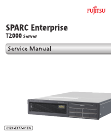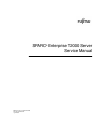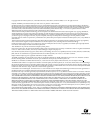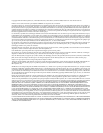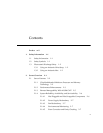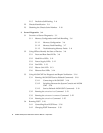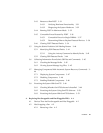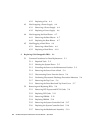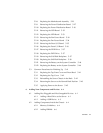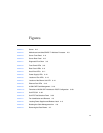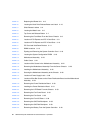
Contents vii
3.4.3 Reasons to Run POST 3–31
3.4.3.1 Verifying Hardware Functionality 3–31
3.4.3.2 Diagnosing the System Hardware 3–32
3.4.4 Running POST in Maximum Mode 3–32
3.4.5 Correctable Errors Detected by POST 3–36
3.4.5.1 Correctable Errors for Single DIMMs 3–37
3.4.5.2 Determining When to Replace Detected Devices 3–38
3.4.6 Clearing POST Detected Faults 3–39
3.5 Using the Solaris Predictive Self-Healing Feature 3–40
3.5.1 Identifying PSH Detected Faults 3–41
3.5.1.1 Using the fmdump Command to Identify Faults 3–42
3.5.2 Clearing PSH Detected Faults 3–44
3.6 Collecting Information From Solaris OS Files and Commands 3–45
3.6.1 Checking the Message Buffer 3–45
3.6.2 Viewing System Message Log Files 3–45
3.7 Managing Components With Automatic System Recovery Commands 3–
46
3.7.1 Displaying System Components 3–47
3.7.2 Disabling Components 3–48
3.7.3 Enabling Disabled Components 3–48
3.8 Exercising the System With SunVTS 3–49
3.8.1 Checking Whether SunVTS Software Is Installed 3–49
3.8.2 Exercising the System Using SunVTS Software 3–50
3.8.3 Exercising the System With SunVTS Software 3–51
4. Replacing Hot-Swappable and Hot-Pluggable FRUs 4–1
4.1 Devices That Are Hot-Swappable and Hot-Pluggable 4–2
4.2 Hot-Swapping a Fan 4–2
4.2.1 Removing a Fan 4–2



